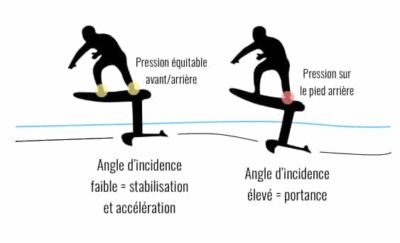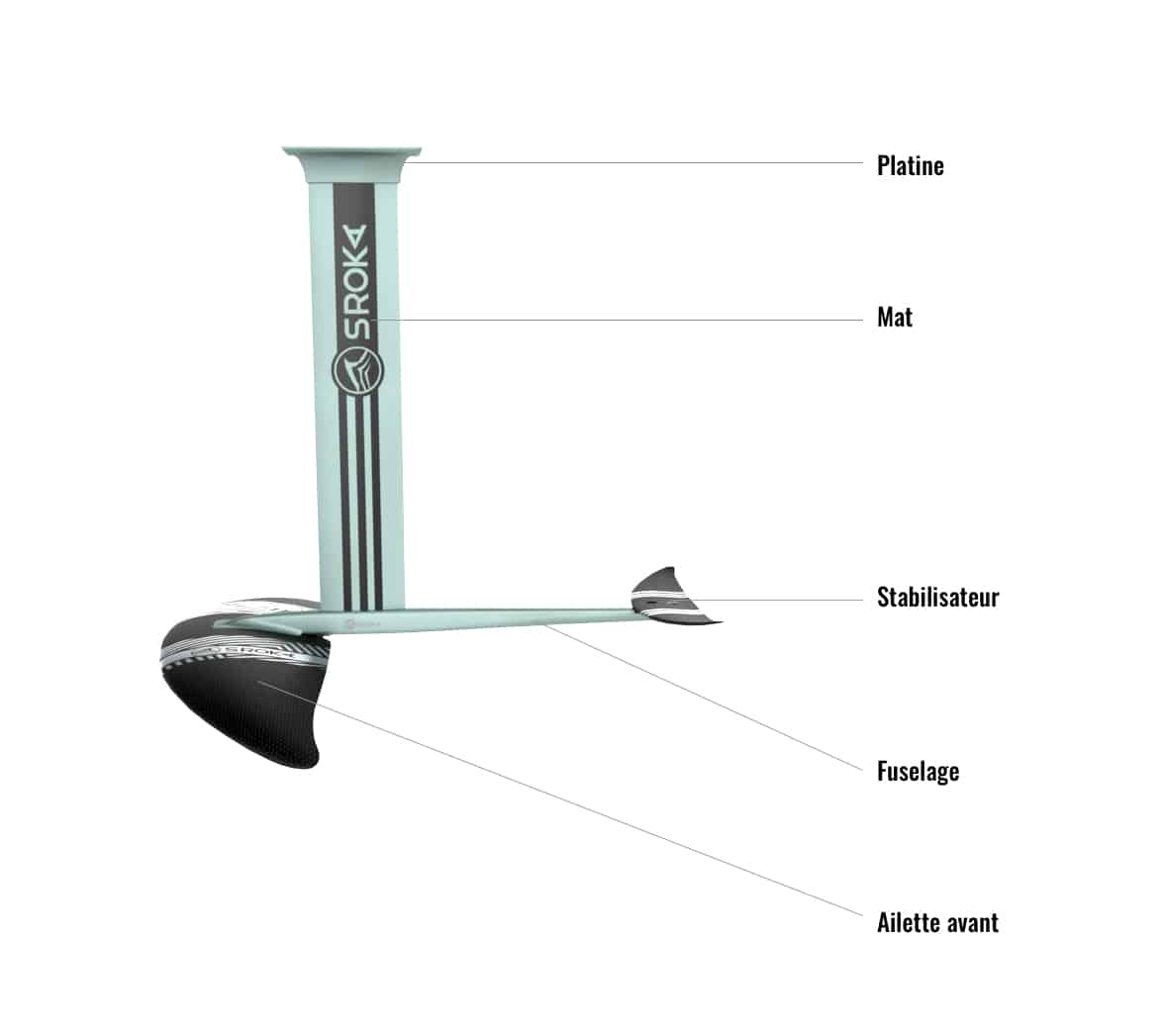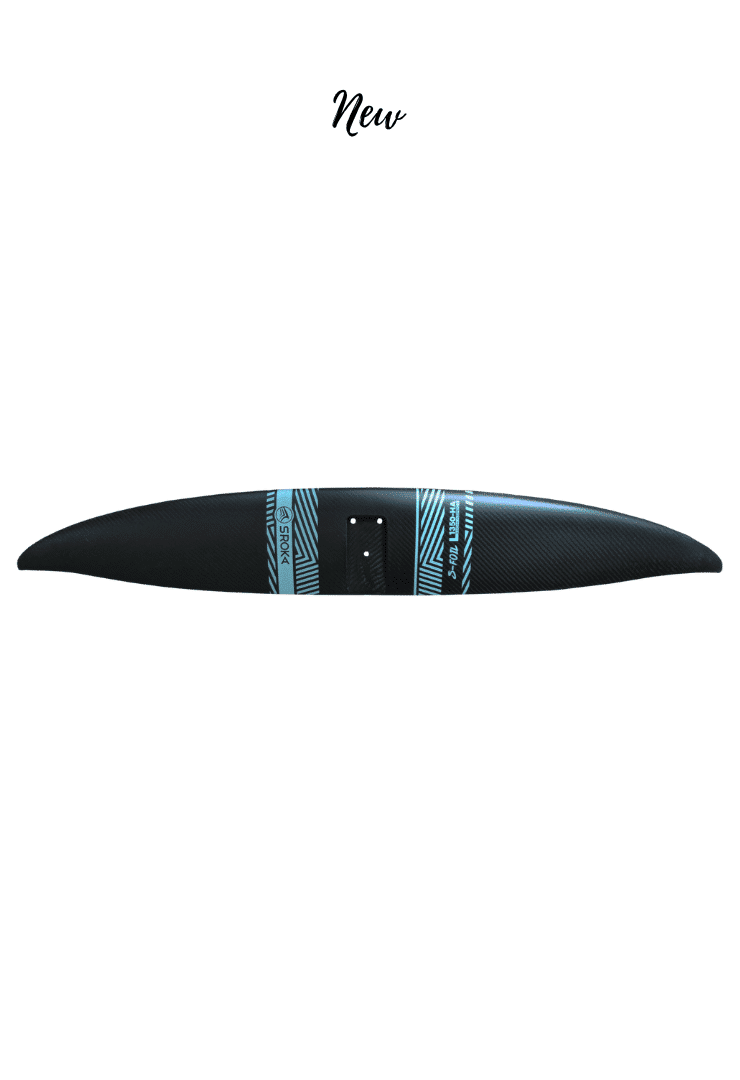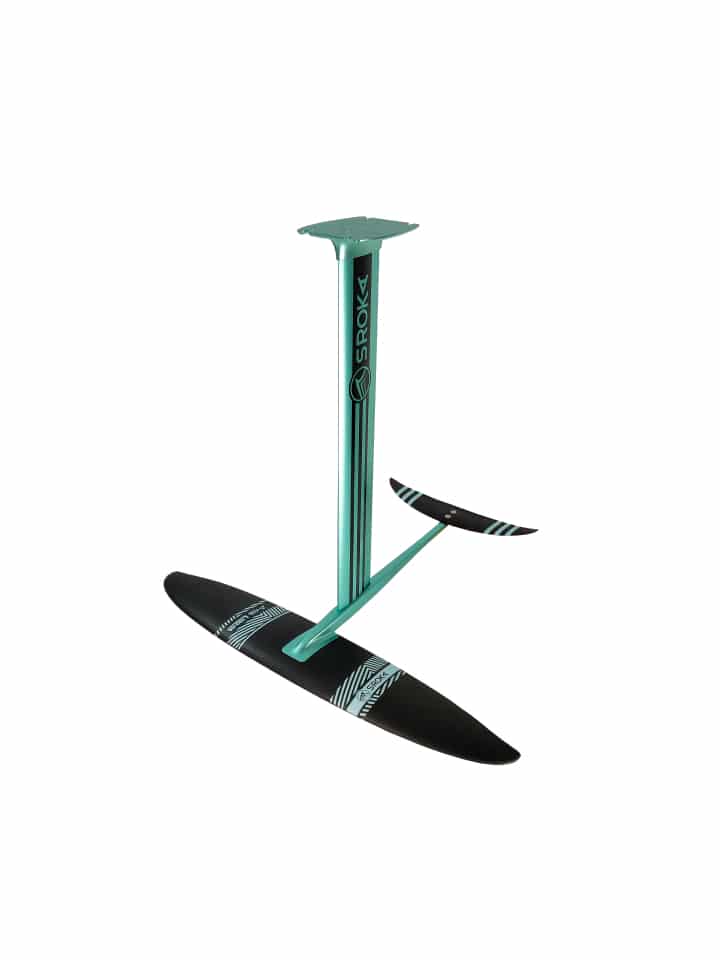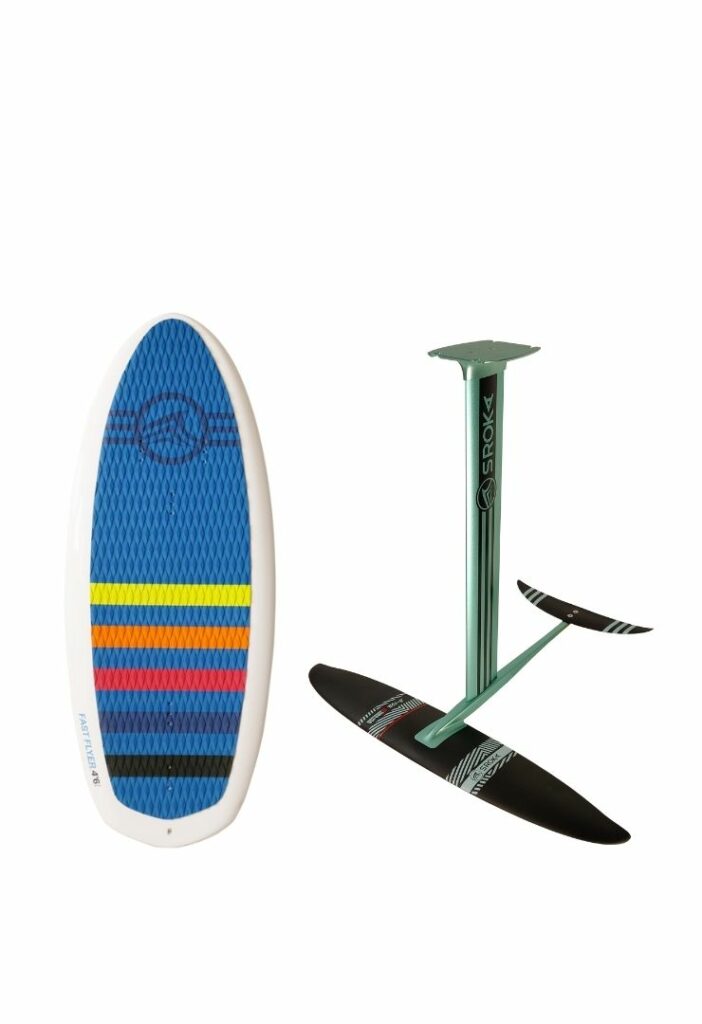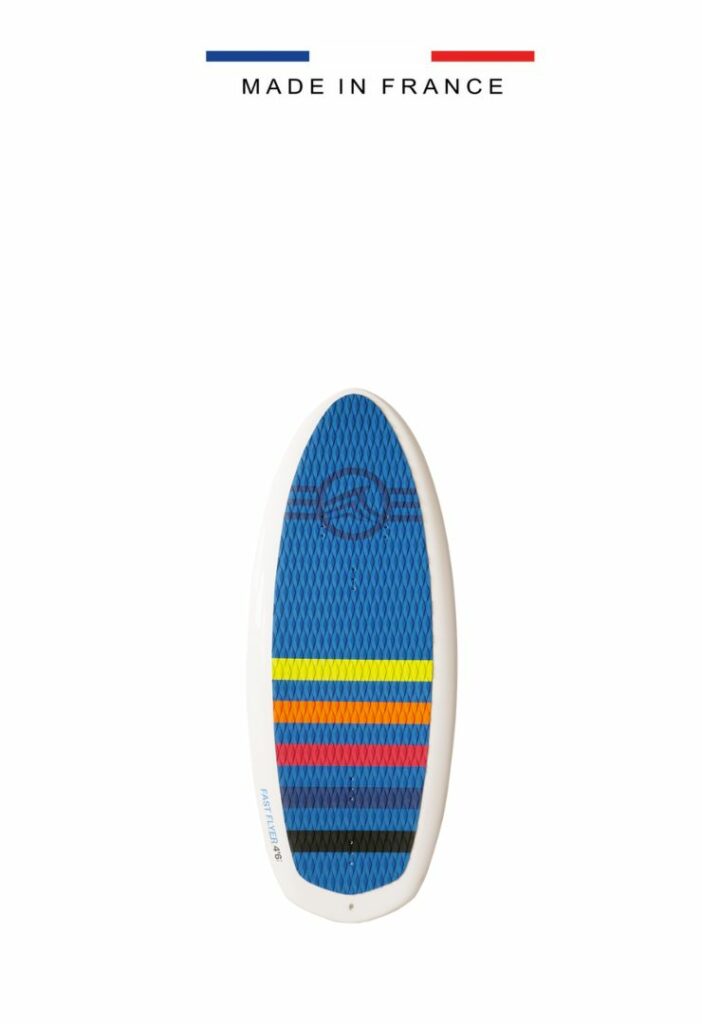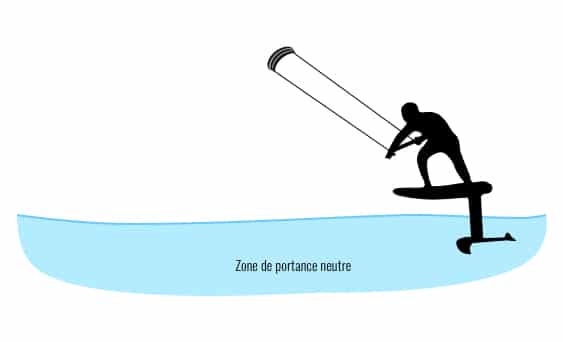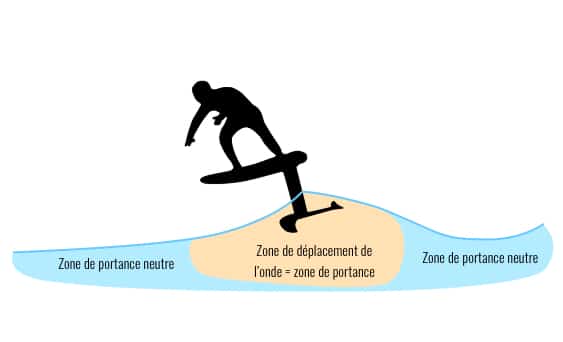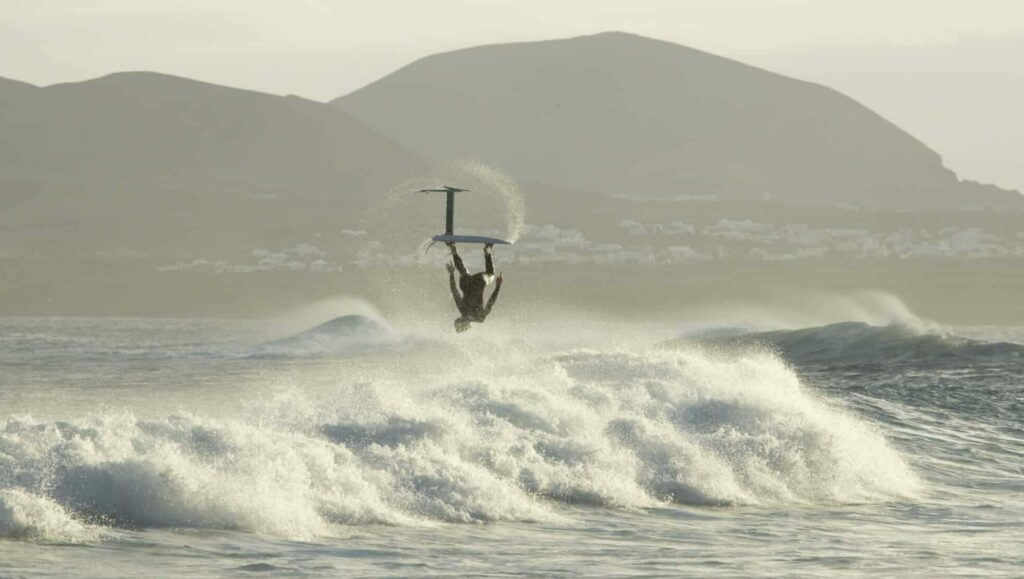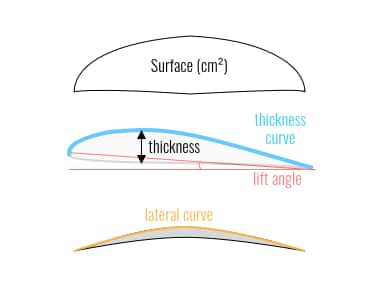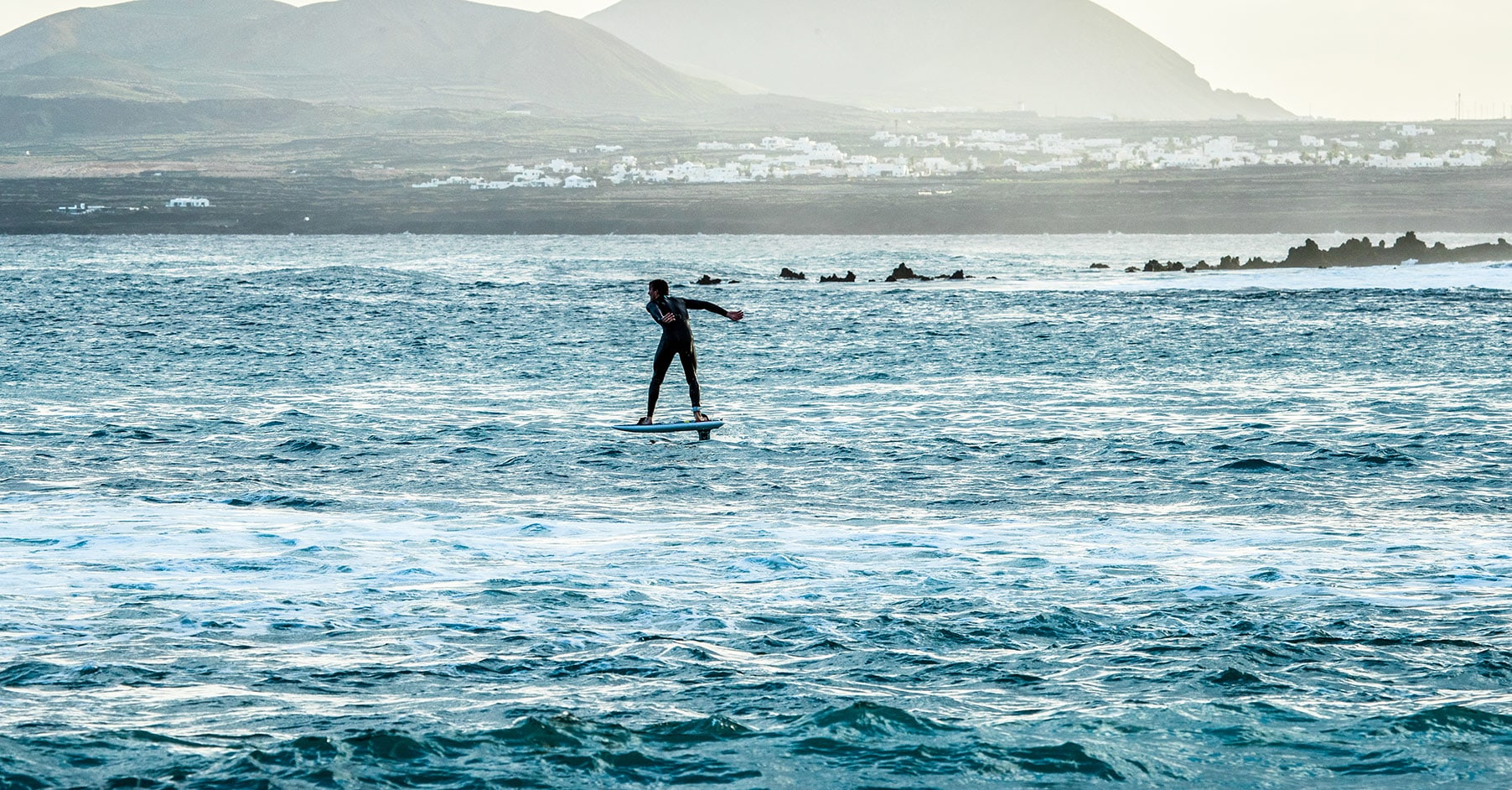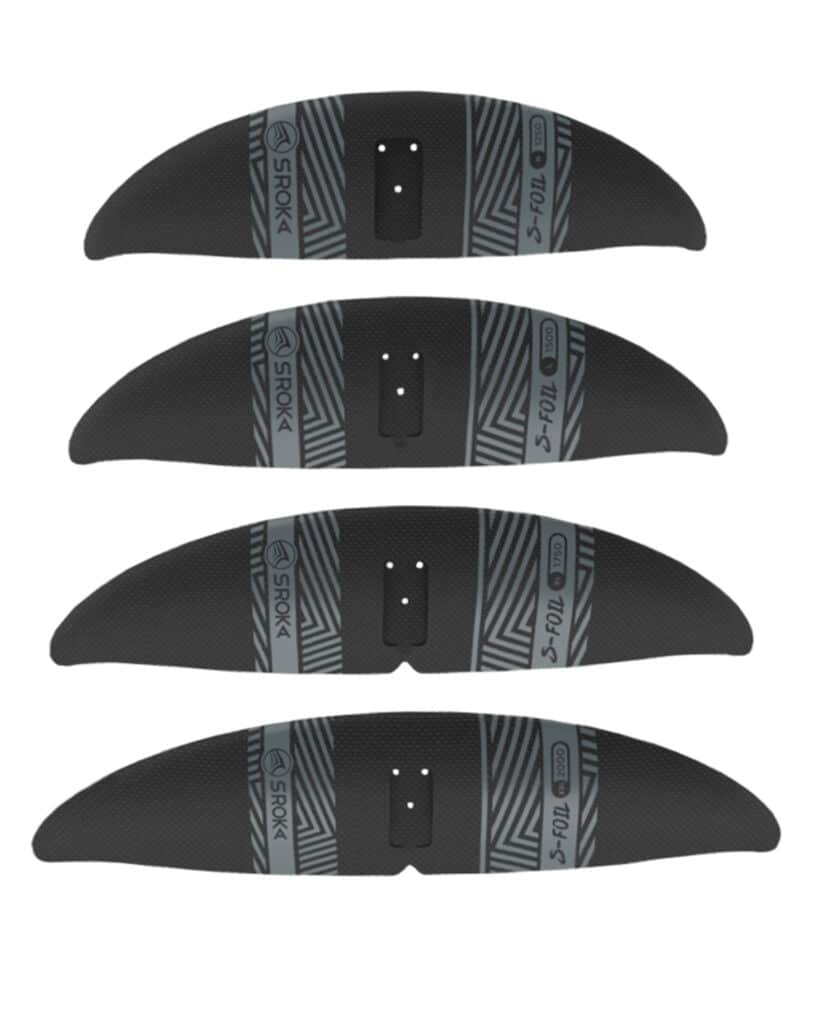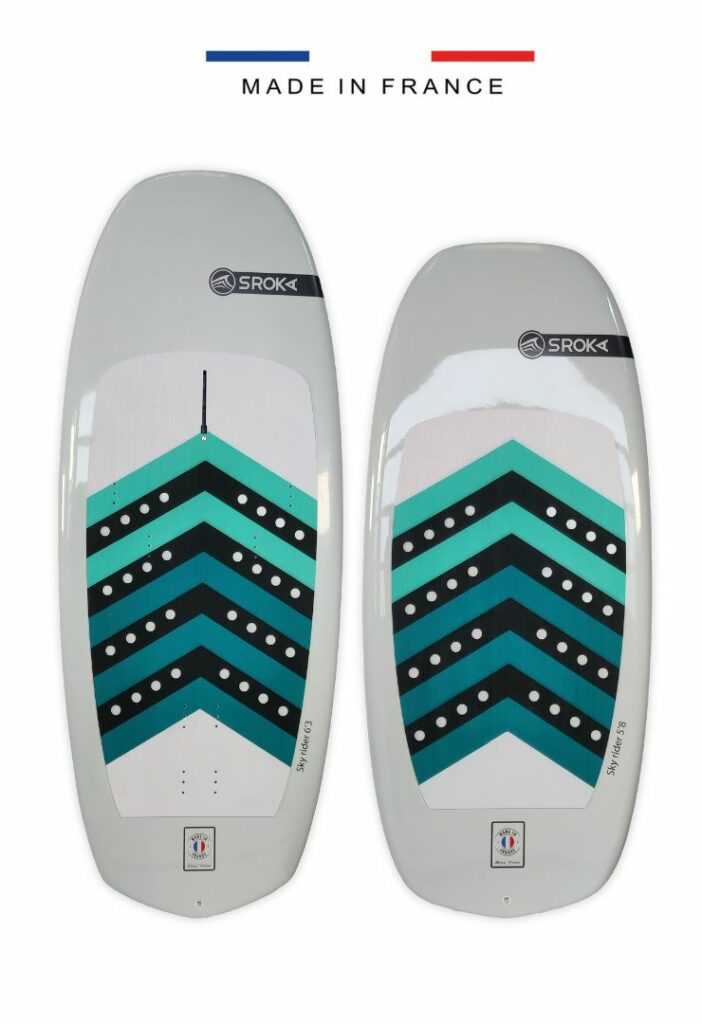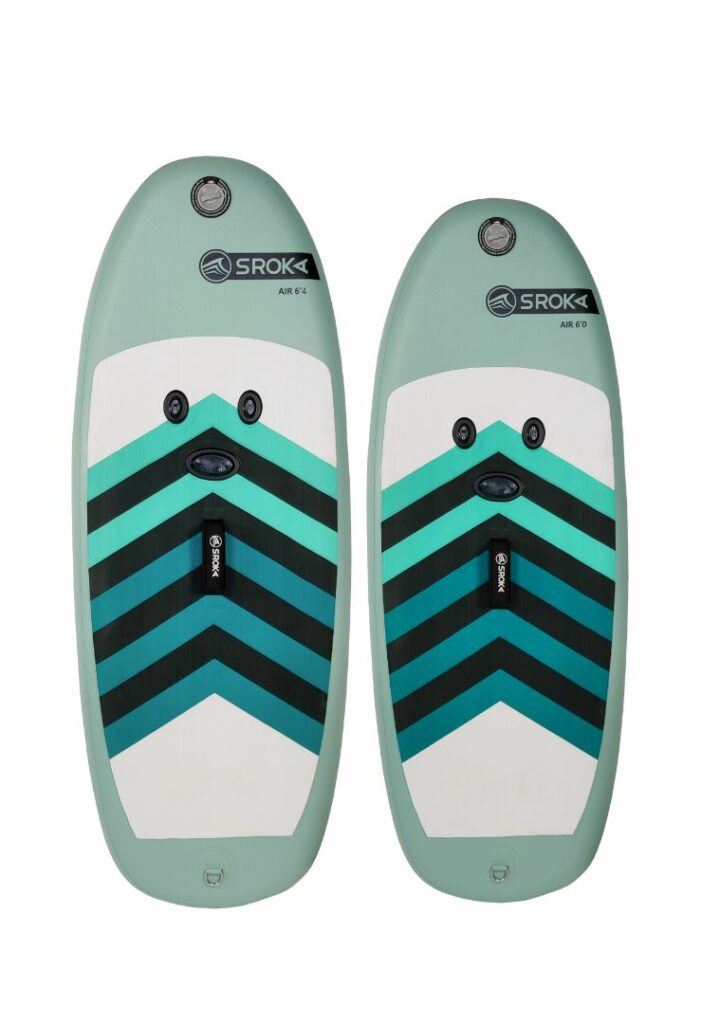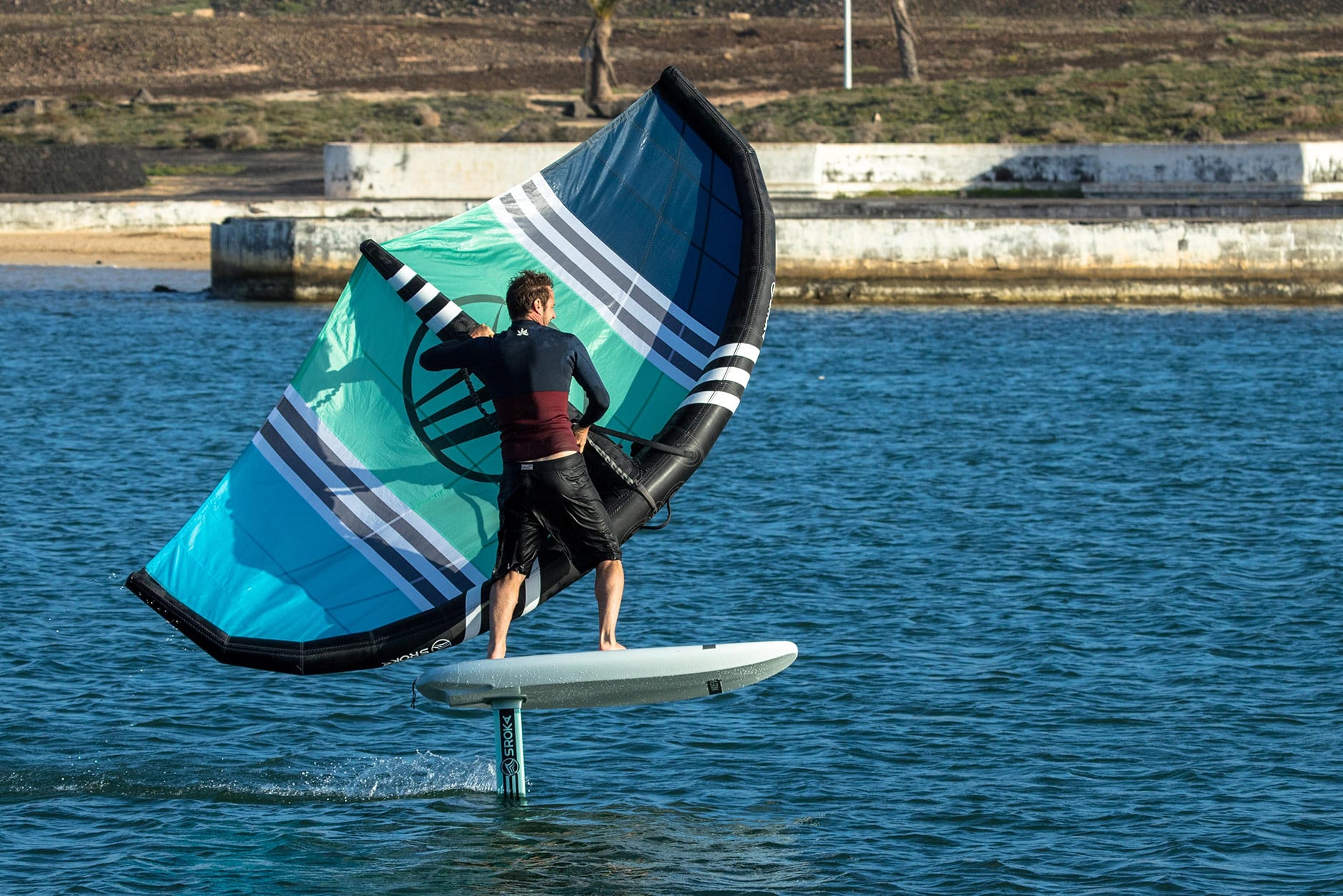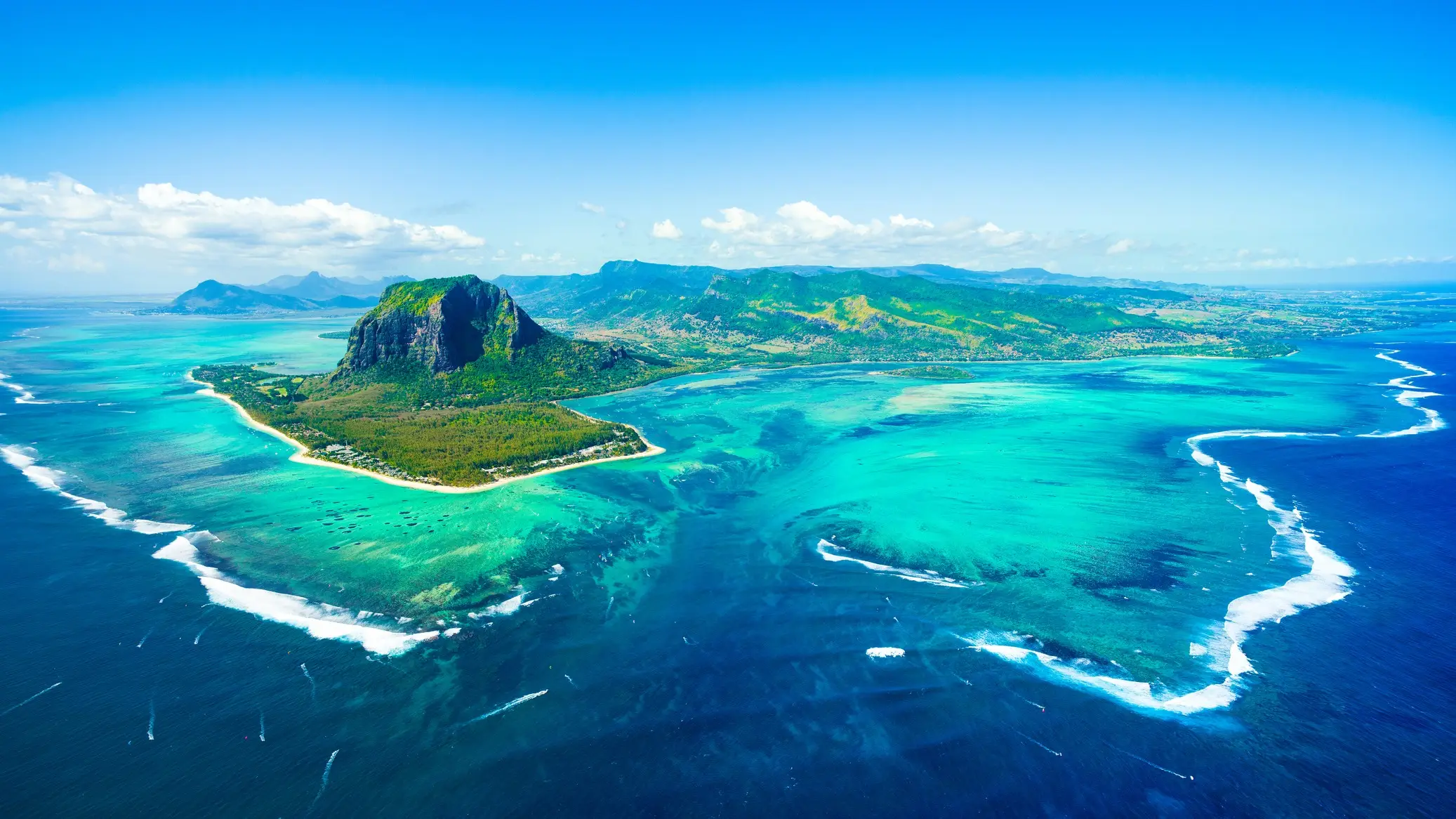Swell as a source of energy
If the aircraft uses the suction force of air molecules, the foil solicits the suction of water molecules that have a much higher density than those of air. This density will increase the lift (the upward suction effect) of the foil with speed.
In this article, we are talking about Surf Foil and the use of water movements (waves, swells, troughs, boat wakes) to fly. In contrast to wind, which allows the use of a constant force external to the water in kite or windfoil, the water movements of waves such as waves are variable forces with precisely localized lift zones on the water.
